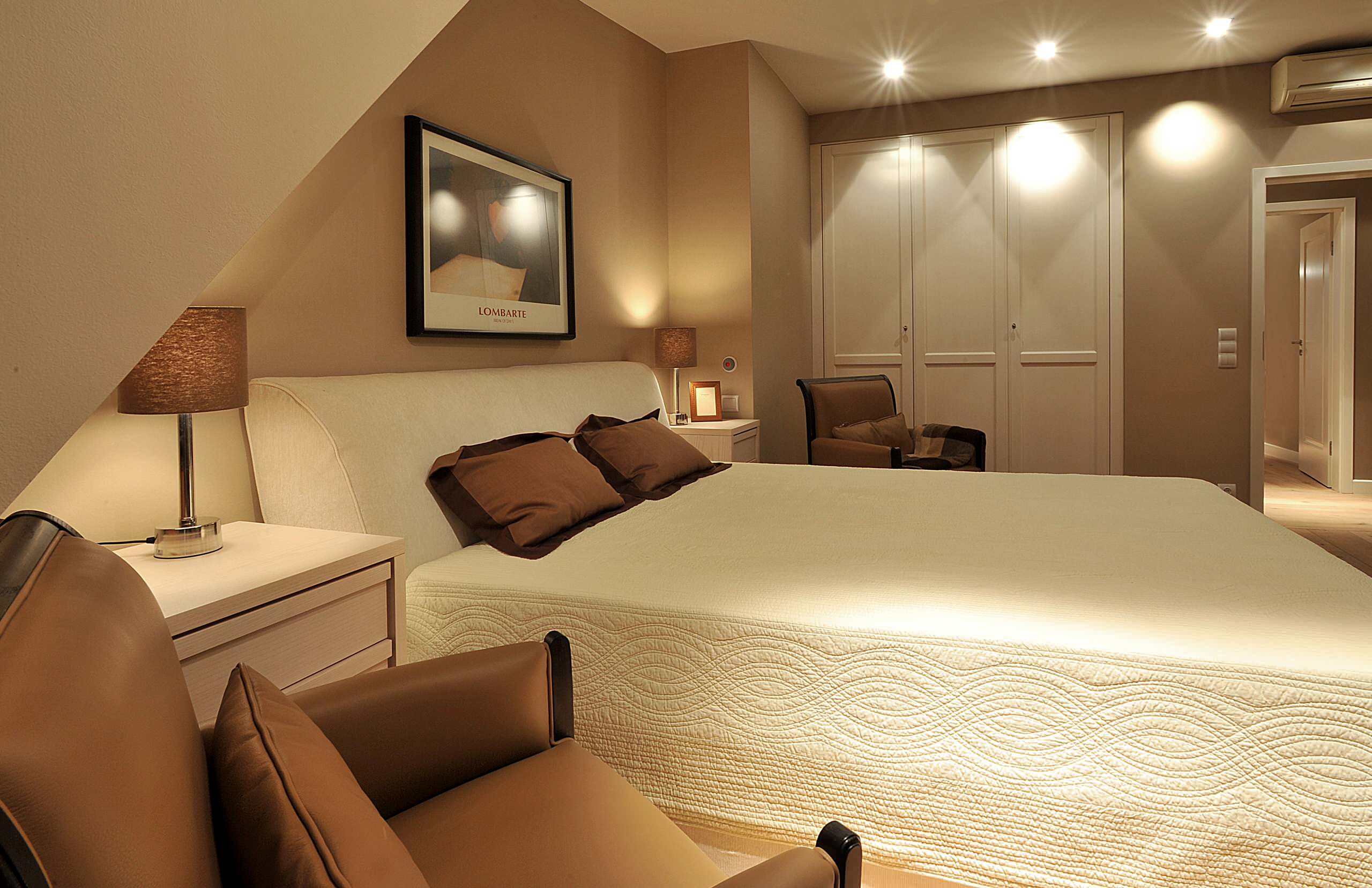
Basement Bedrooms: Designing A Comfortable Sleep Space Underground
Introduction
Basements are often overlooked when it comes to creating comfortable living spaces. However, with the right design choices, a basement can be transformed into a cozy and inviting bedroom. In this article, we will explore various design elements and considerations to create a comfortable sleep space underground.
The Advantages of Basement Bedrooms

Before diving into the design aspects, let's first discuss the advantages of having a bedroom in the basement:
- Privacy: Being situated underground, basement bedrooms offer a level of privacy that is harder to achieve in rooms located on higher floors.
- Noise Reduction: The solid foundation of a basement helps to reduce noise from the outside, allowing for a more peaceful sleep environment.
- Temperature Control: Basements tend to have a more stable temperature compared to upper levels of a house. This can be advantageous for those who prefer cooler sleeping conditions.
- Additional Space: Creating a bedroom in the basement can free up valuable space on upper floors, allowing for other uses such as a home office or entertainment area.
Lighting and Ventilation

One of the main challenges of basement bedrooms is the lack of natural light. However, with proper lighting and ventilation, this issue can be overcome:
- Artificial Lighting: Choose a combination of ambient, task, and accent lighting to create a well-lit space. Consider installing recessed lights, table lamps, and wall sconces strategically to eliminate any dark corners.
- Mirrors: Hang mirrors on the walls to reflect light and create an illusion of more space.
- Light Paint Colors: Opt for light-colored paint on the walls to help brighten the room. Avoid dark hues that can make the space feel even more dim.
- Egress Windows: If local building codes permit, consider installing egress windows in the basement. These windows not only provide natural light but also serve as an emergency exit.
- Ventilation: Proper air circulation is essential in any bedroom. Install a ventilation fan to ensure fresh air exchange and prevent musty odors commonly associated with basements.
Insulation and Soundproofing

Basements often suffer from issues related to insulation and soundproofing. To create a comfortable sleep space, it is crucial to address these concerns:
- Insulation: Properly insulate the walls and floor of the basement to regulate temperature and reduce noise transmission. Consider using insulation materials specifically designed for basements, such as foam boards or spray foam.
- Soundproofing: To minimize noise from other parts of the house or outside, incorporate soundproofing techniques. Use acoustic panels on the walls, install soundproof doors, and consider adding a thick carpet or rugs to absorb sound.
- Sealing Gaps: Seal any gaps or cracks in the basement walls or windows to prevent drafts and moisture infiltration.
- Raised Flooring: Install a raised subfloor system to create a thermal break and provide a buffer against cold floors.
Creating a Cozy Atmosphere

A basement bedroom should be a warm and inviting space for rest and relaxation. Here are some design tips to create a cozy atmosphere:
- Warm Colors: Choose warm and soothing colors for the walls and furnishings. Shades of beige, cream, or soft pastels can create a calming ambiance.
- Comfortable Bedding: Invest in high-quality bedding materials such as soft sheets, plush pillows, and a cozy comforter. Layer different textures to add depth and comfort.
- Window Treatments: Use curtains or blinds to add a touch of elegance to the room. Opt for blackout curtains to block out light if desired.
- Area Rugs: Place a soft and plush area rug near the bed to add warmth and create a comfortable surface for bare feet.
- Cozy Seating: If space allows, consider adding a comfortable armchair or a small seating area where one can unwind and relax.
- Personal Touches: Decorate the room with personal items, artwork, or photographs that bring joy and a sense of familiarity.
Safety Considerations

When designing a basement bedroom, it is important to prioritize safety. Here are some key considerations:
- Fire Safety: Install smoke detectors and carbon monoxide detectors in the basement. Ensure there is a clear path to the nearest exit in case of an emergency.
- Escape Route: If the basement doesn't have a separate entrance, have a plan for a safe and accessible escape route in case of fire or other emergencies.
- Adequate Lighting: Ensure that the bedroom has sufficient lighting, especially in pathways and near stairs, to prevent accidents and falls.
- Window Well Covers: If the basement has window wells, install covers to prevent accidental falls and keep debris out.
Conclusion
Designing a comfortable sleep space in the basement requires careful consideration of lighting, ventilation, insulation, and safety. By addressing these aspects and incorporating cozy elements, a basement bedroom can become a haven for rest and relaxation. Take advantage of the privacy, noise reduction, and temperature control that basement bedrooms offer, and create a space that rivals any other bedroom in the house. With the right design choices, your basement can become a desirable and comfortable sleep space underground.